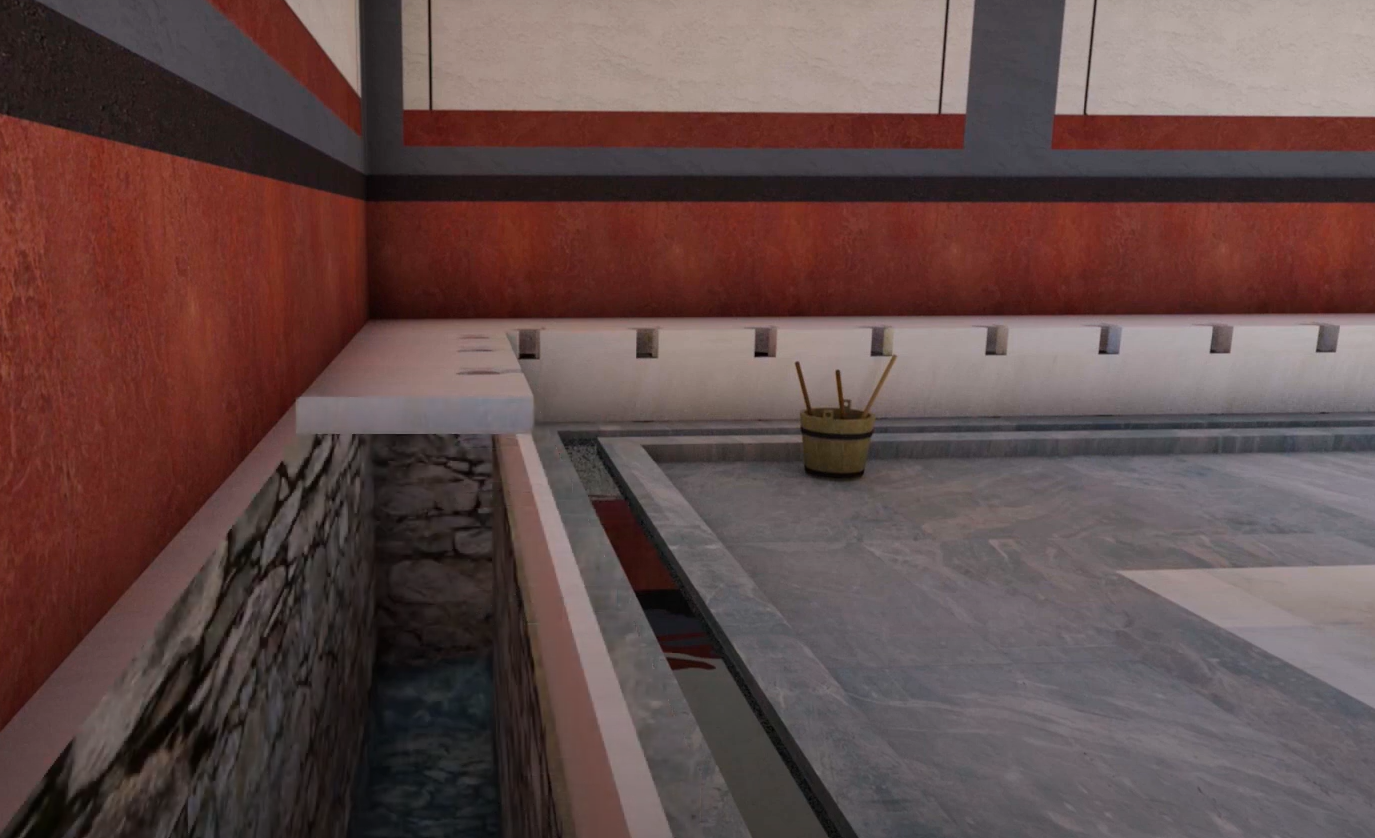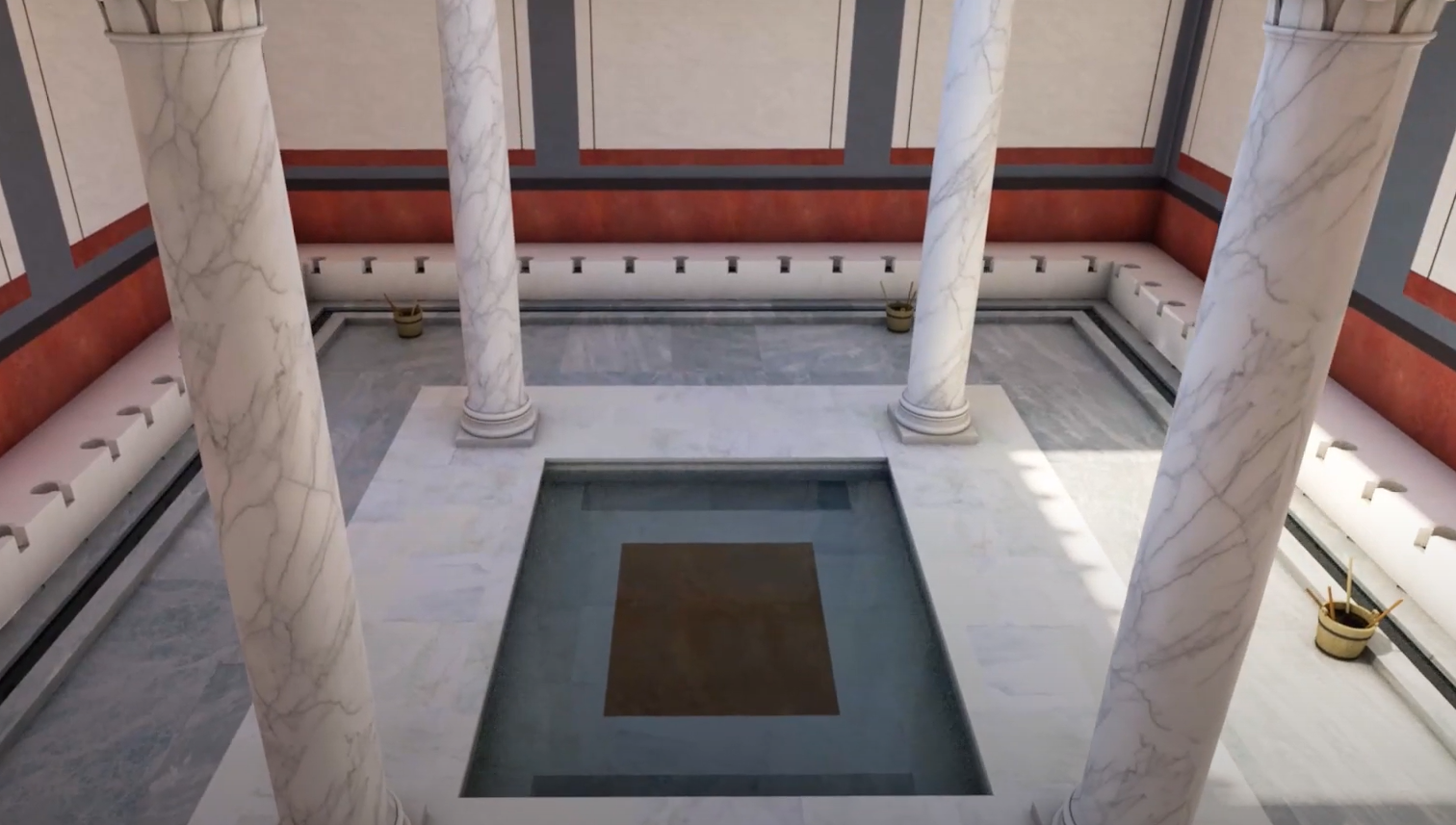
The evolution of toilet habits through ancient civilizations has reached its present form as a result of thousands of years of development. Excavations and research show that the earliest forms of ancient toilets date back to the early third millennium B.C.
Recent studies, however, suggest that these dates could even be pushed further back.

The first toilets are believed to have emerged in the cradles of civilization—Mesopotamia and the Indus Valley—coinciding with the progress of early civilizations. Later, with the spread of civilization westward, ancient toilets of various types have been found, such as in the Minoan palace of Knossos on Crete in the second millennium B.C., in Tel-el-Amarna, Egypt, in the 14th century B.C., and in the Urartian settlement of Cavustepe in Anatolia in the seventh century B.C.
These ancient toilets were generally simple structures, either fixed seats resembling modern-day toilets or portable containers similar to a chamber pot. In mainland Greece, the earliest toilet was found in a private house in Dytos, Euboeia, dating to the fourth century B.C., featuring two waste holes.
By the Hellenistic era, toilets equipped with drainage channels were commonly found in private homes in cities like Olynthos, Nemea, and Priene. In Athens, by the second century B.C., precursor public latrines, or latrinas, appeared.

In addition to architectural findings, written sources also provide valuable insights into ancient toilet habits. For example, Hesiod, the famous poet of ancient Greece, mentioned some norms related to toilet practices. According to him, it was considered improper to face the sun while relieving oneself, to use roads at night, or to squat and use courtyard walls. He also warned against defecating in streams or similar natural spots. Another key historical figure, Herodotus, recorded that Egyptian women used to relieve themselves standing, while men did so sitting.
In addition, comedic plays from the classical period offer further details about toilet practices. In Aristophanes' play "The Wasps", Dionysos is humorously depicted as having his backside wiped by a servant with a sponge. This indicates that sponges were used in antiquity as toilet paper, a practice far removed from modern disposable alternatives.

The development of sewage systems in Rome led to the establishment of public latrines, or latrinas. These public toilets, which appeared as part of the Roman infrastructure, are considered precursors to modern waste management systems. They emerged as part of the advanced Roman water supply systems, reaching a level of efficiency that wouldn’t be surpassed until much later. These public latrines were often large, communal spaces where people gathered not just for their bodily needs but for socializing and discussing politics, similar to how Roman bathhouses functioned.
In addition to architectural and social developments, legal aspects surrounding toilets became important in ancient Rome. It was forbidden to pollute clean water sources, and laws prohibited the disposal of human waste in drinking water supplies. However, evidence suggests that such regulations were not always followed, and the water systems often became contaminated despite these efforts.

In Rome, the belief that everything in nature was influenced by gods extended to sanitation practices as well. Cloacina, the goddess of the common sewer, was worshiped to ensure the proper functioning of the drainage systems. Some Romans even believed that the goddess Venus shared some of Cloacina’s divine qualities, especially in matters of purification and love.
Another deity, Stercutius, was revered by farmers for blessing the use of manure as fertilizer, while Crepitus was the god of relief from indigestion and gas.

Latrinas in Roman cities were often located near busy areas, such as bathhouses, and were built with running water to maintain hygiene. In addition to their functional purpose, these public latrines became places for social interaction, political discussions, and even philosophical exchanges, as seen in the depiction of famous philosophers in some latrine murals. It is even known that some Roman citizens (the wealthy class who considered themselves of noble status) would send their slaves ahead to the latrines to heat the toilet areas.
The Roman public latrines, with their advanced sewage systems and public accessibility, laid the foundation for modern sanitation systems. These ancient toilets, along with the legal and social frameworks surrounding them, highlight the importance of hygiene and public health in ancient civilizations, which has carried over into our contemporary understanding of sanitation and cleanliness.

In conclusion, ancient toilets and sanitation systems reflect a long history of development, from the earliest portable containers to the sophisticated latrines of the Roman Empire. These systems not only served practical purposes but also became centers for social interaction, showcasing the integral role hygiene and sanitation played in the development of civilizations. The innovations in public health and water management of ancient cultures continue to influence modern practices, highlighting the importance of these systems in shaping both public life and infrastructure.